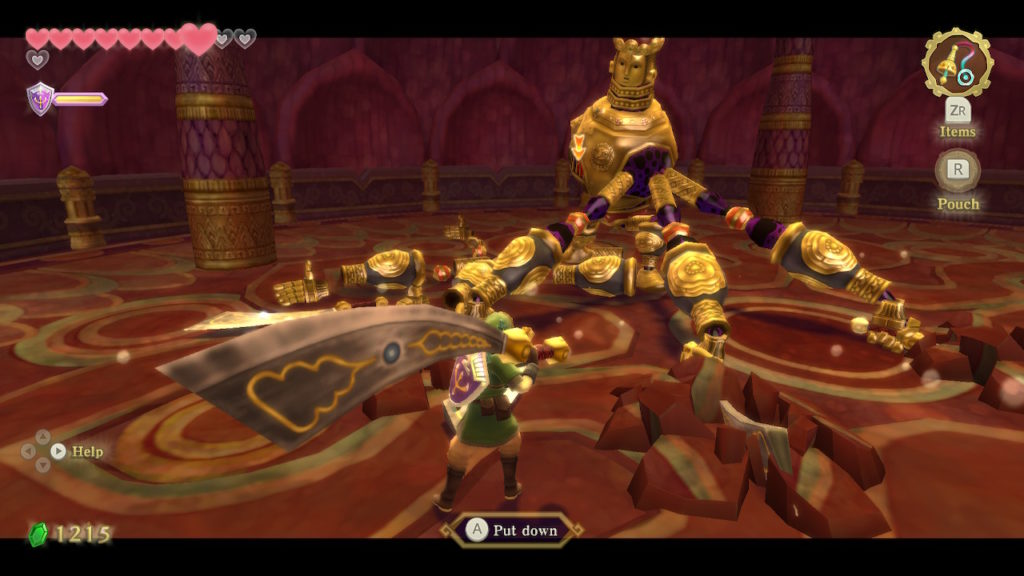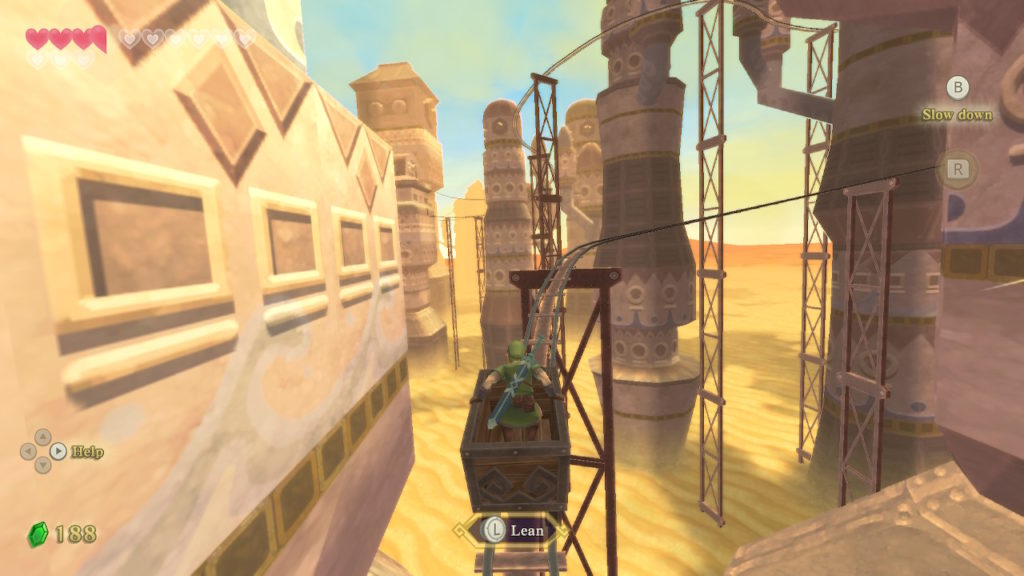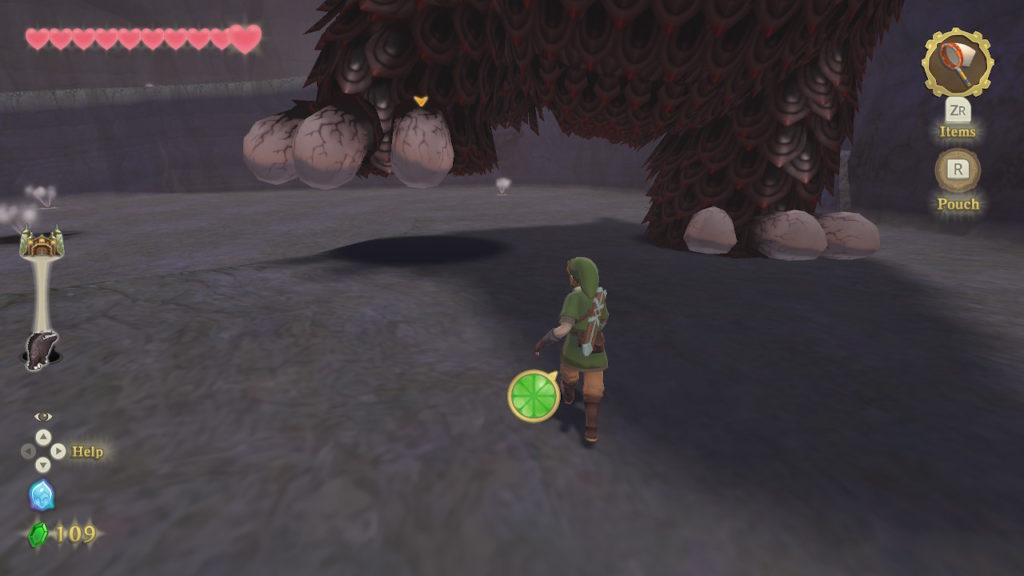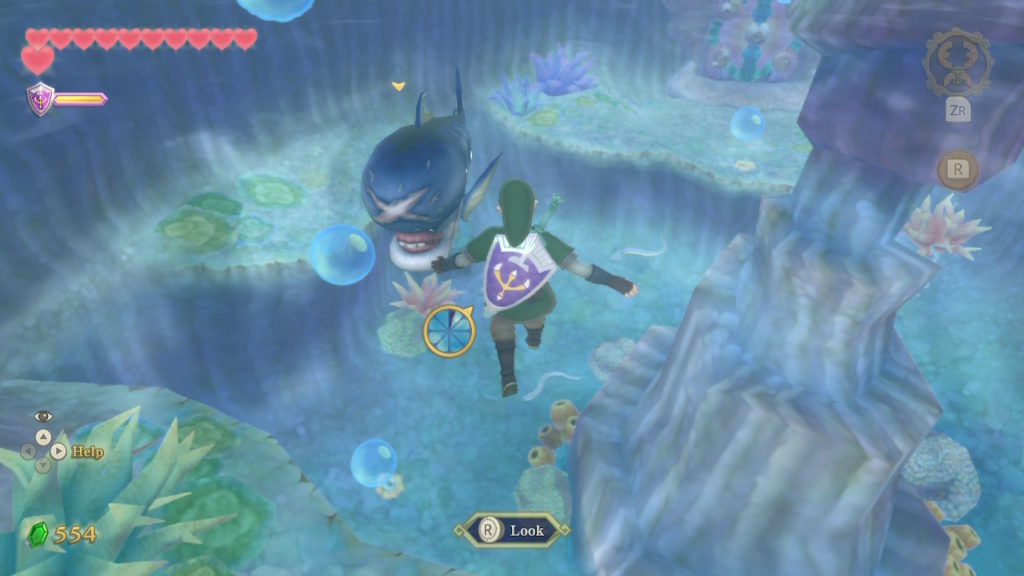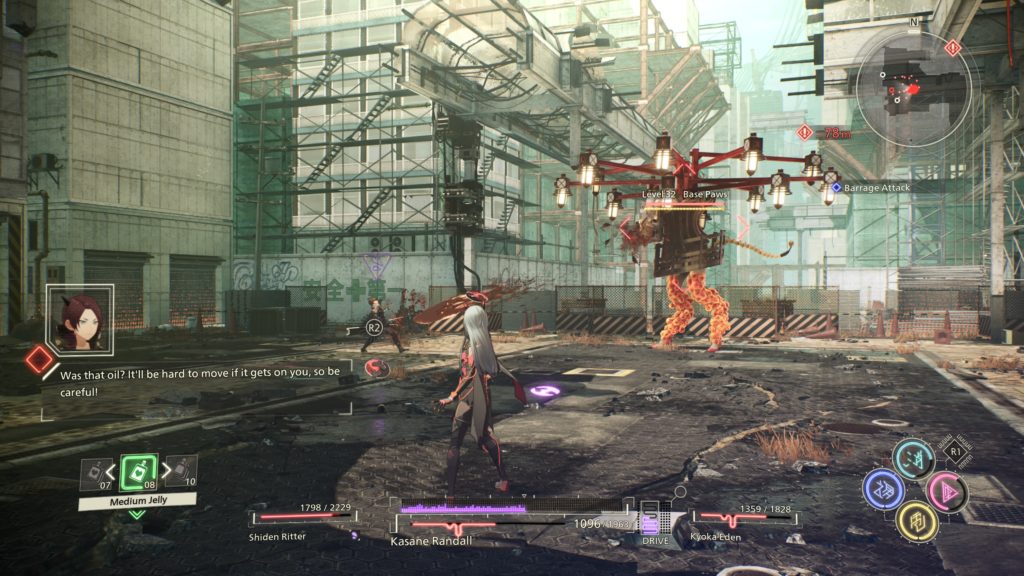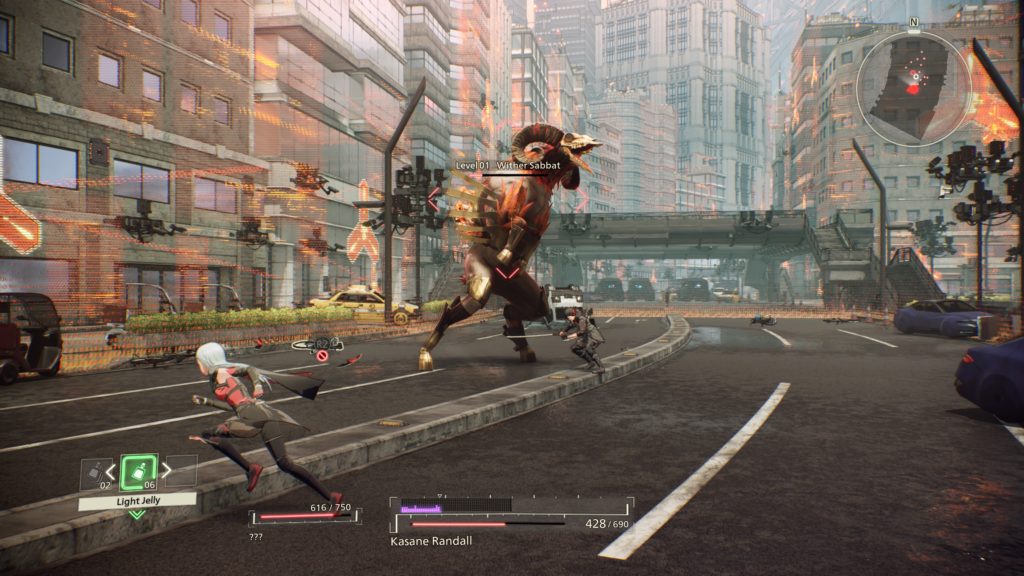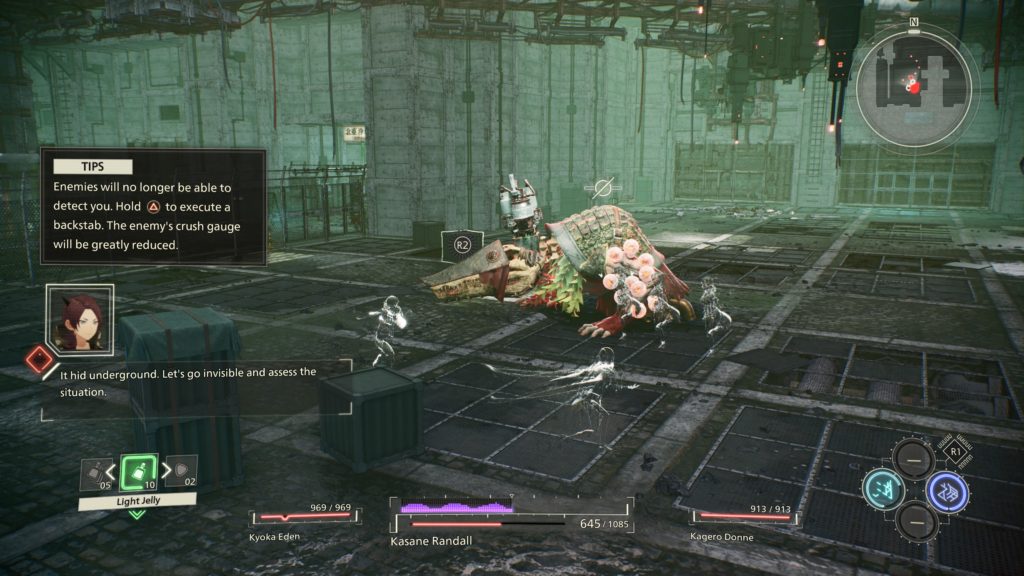- Genre: Action RPG
- Platform: PS4
- Also Available On: PC, Switch
I really liked the first game, both the original DS version and the Switch remake. For the sequel, it moved to full 3D. This did mean that combat had to change, but interestingly enough it still had a lot of the same rhythm of combat, so it still felt entirely familiar. This is definitely not a game without its faults, which I’ll get into a bit, but it surprised me how well they converted a uniquely touch experience into something decidedly gamepad-focused.
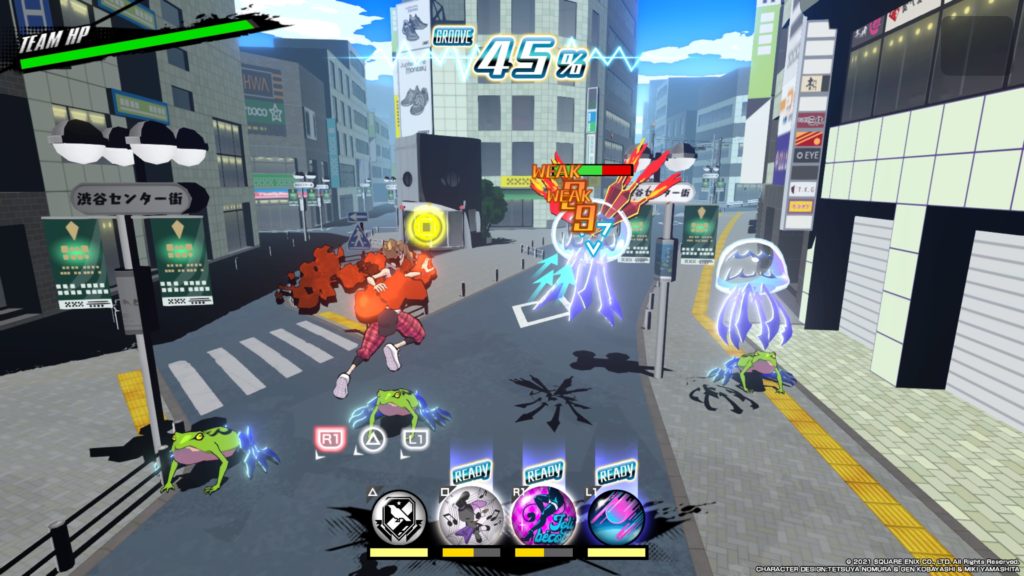
Combat had a unique rhythm in the original, particularly in the remake. In that one, you’d be trying to switch between using different pins to build up the sync meter, allowing you to throw down a large group attack and heal back up to full health. NEO follows a lot of the same pattern. The terminology has changed a bit, but the core system is the same. What has changed is the inputs to do so.
Rather than screen holds and swipes and taps, you have button hold auras and butt hold charges and taps. In practice it has the same feel and build out – find pins that allow you to get in a rhythm to both maximize opportunities to build up your groove meter, as well as minimizing the times when you have all pins on cooldown – but it’s all on the gamepad, and it’s surprising how easily I fell back into the rhythm of the game.
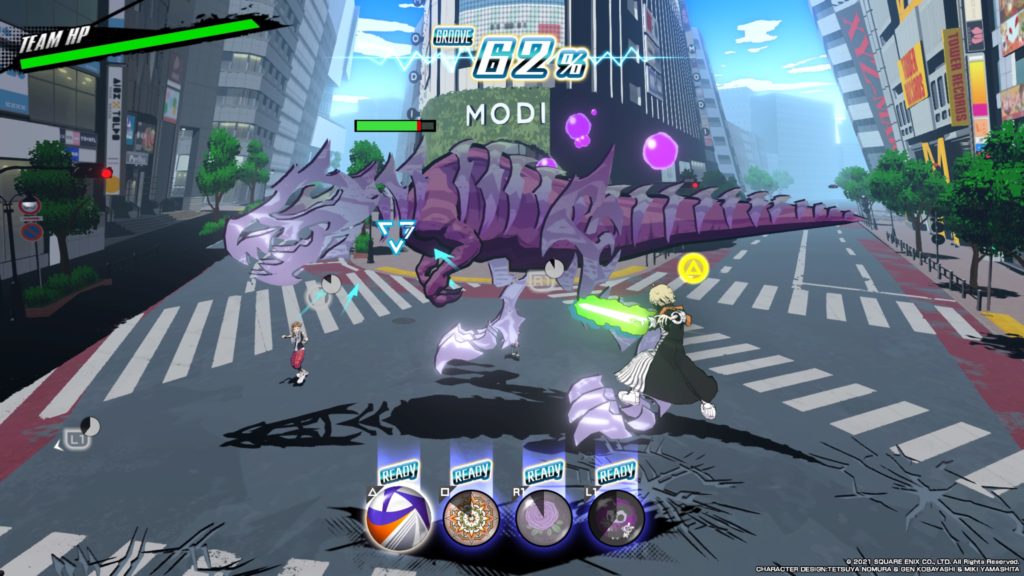
In a lot of ways, this does open up the first weakness of this game though, it takes a long time to not be incredibly easy. This one follows the same three week structure as the first game, and I’d say it took until about the mid to end of week two before the game, even on hard, didn’t feel like a pushover. The game definitely felt like it was expecting players to have a hard time grokking the combo system, and most of the enemies end up being somewhat pushovers as a result. There are ways for the player to sort of steer their personal difficulty – doing long fight chains without healing, reducing their party level, not buying gear, etc – but ultimately there isn’t a ton of combat challenge in the game until it introduces a few specific enemies types, the shark, the chameleon, and the rhinos. However, the game can generally be beaten via button spam once the player has become comfortable with the combo system and starts taking advantage of filling out the groove meter.
Even then the fights feel less like higher difficulty and more just lower bar for error. Missing the attacks that those types do just pushes a lot of damage on the party, so I had a tendency to slow down a bit more and actively avoid damage. The enemies themselves that are “harder” are more just annoying in mechanics, rather than being traditionally hard. The shark swims through the ground and can’t be attacked, the chameleon goes invisible and can’t be attacked, the rhino has front armor and has to be attacked from behind. It’s less hard and more slower, again causing be to slow down and avoid damage instead. Ya, my rewards weren’t as good, but it generally didn’t matter enough. Because you can sort of guess the enemy type from their overworld icons, you can also actively avoid those fights in order to more efficiently grind. To some extent it is nice that the player can kind of build their difficulty curve in these ways, but I’d have preferred seeing harder mechanics that were still fast paced.
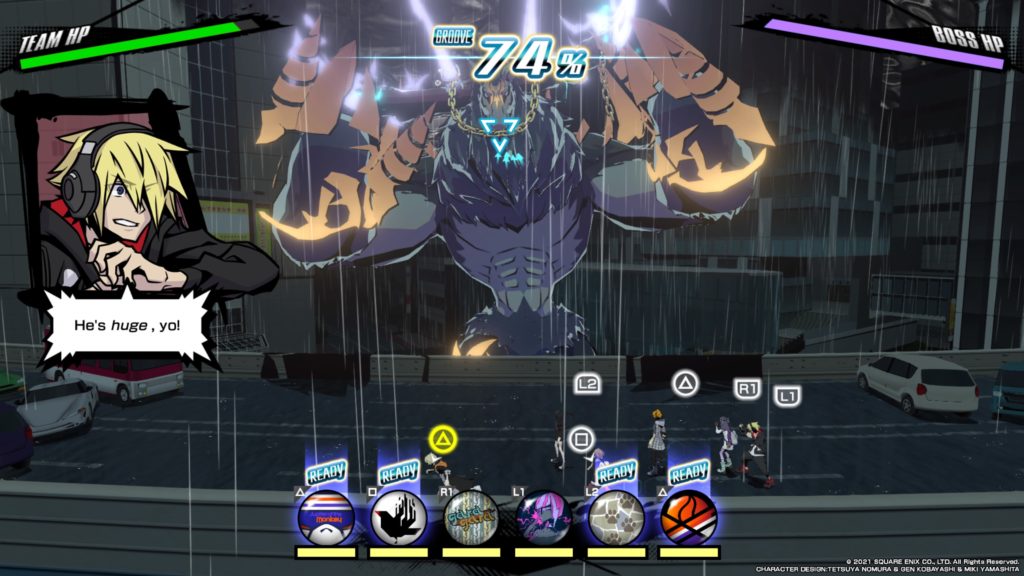
In good news, the bosses don’t really fall into these problems. On hard they feel appropriately hard, and they tend to have more interesting mechanics in terms of the player having to avoid damage. The biggest thing that the bosses felt they did correctly is that there was simply parts where the player simply had to avoid damage, which was a bit change from trash fights where damage is generally shrugged off. This was sometimes achieved through world effects, sometimes through big enemy tells, sometimes through the enemy just being damage immune. However, it always came about as a way to force the player to not attack, which gave a bit of a seesaw feel between big damage pushes and big defense pushes. By the end of the game I was finding myself blazing through the game on normal just to speed things up, then pushing the difficulty up for boss segments and enjoying the difficulty there. That pattern was really rewarding and actually fit a pattern I enjoyed a lot more once I had my late game pin set kind of set for the party.
Narratively it’s also a bit of hit and miss. From an overall perspective, I really did enjoy the game. It plays a pretty good balance of nostalgia for the original and pushing new story content. You have a bunch of new characters and a bunch of returning characters, and the fact that they interact doesn’t feel forced. The gameplay being teams instead of pairs feels well explained. The new Reapers in charge of the current game feels well explained.
On the other hand, there’s a general turn back time mechanic that while important to the end of the story, feels poorly implemented. Going back in time restricts you to single zones and is pretty clearly a bunch of linear paths, so it feels like a forced restriction of exploration. Rather than letting the game continue as normal in these areas, I generally went into a no combat situation so I could see the story unfold as quickly as possible and get back to the more loose structure of general exploration that main segments had.
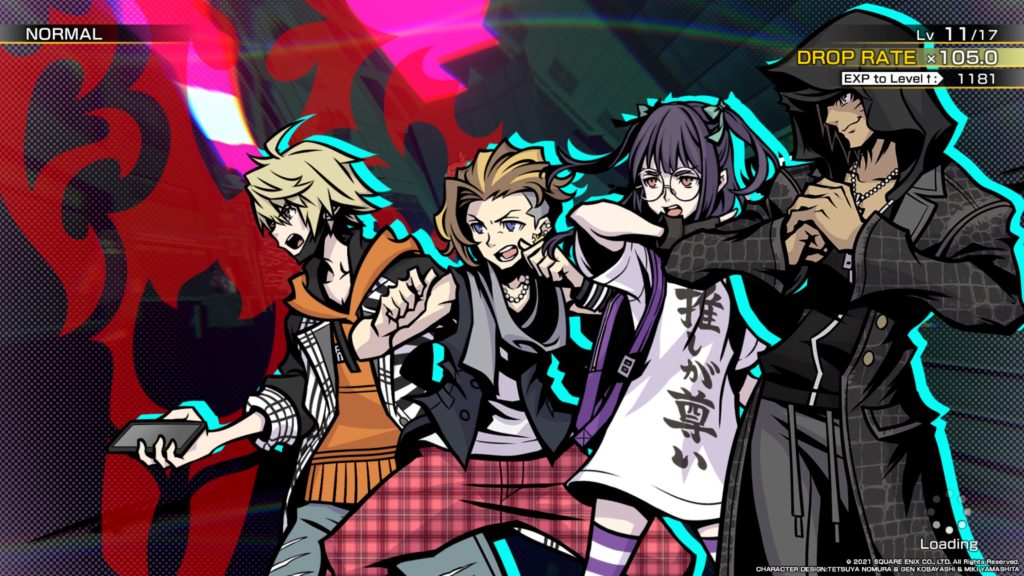
I think a lot of people will have problems getting into this one, but the original had similar problems. It takes a long time to get into full mechanics and full difficulty. It’s really easy to get into so much combat that you drastically out-level the game. The story assumes you know too much about the previous game and doesn’t really explain some really complicated shit to new users. However, despite all that I really enjoyed the game. Combat – once fully dolled out to the player – has a great rhythm that very few games today have, and when it all comes together in late game boss fights it’s super satisfying. It’s just unfortunate that the game trips a lot to get there, though again I would say the exact same thing about the original.


